Santo Domingo, the capital city of the Dominican Republic, is a place where history and modernity converge, reflected in its architecture. The city boasts a rich architectural heritage that spans centuries, showcasing a blend of various styles and influences. Here’s a description of the architecture in Santo Domingo:
- Colonial Architecture: The heart of Santo Domingo’s architectural charm lies in its well-preserved colonial zone, known as the Zona Colonial. This UNESCO World Heritage site is one of the oldest continuously inhabited European settlements in the Americas. The architecture here is predominantly of Spanish Colonial influence, characterized by colorful, pastel-hued buildings with wooden balconies and intricate wrought-iron grilles. The cobblestone streets and charming plazas, like Parque Colon and Parque Duarte, are lined with colonial-style buildings that house museums, restaurants, and shops.
- Fortifications: The city’s defensive architecture includes forts such as the Ozama Fortress, which was built in the early 16th century to protect the city from pirates and invasions. Its strategic location on the banks of the Ozama River showcases the military architecture of the period.
- Neoclassical and Victorian Styles: Santo Domingo also features 19th-century architecture, influenced by Neoclassical and Victorian styles. These buildings often have grand facades, stately columns, and ornate detailing. The National Palace and the National Theater are prime examples of Neoclassical architecture in the city.
- Art Deco and Modern Architecture: As Santo Domingo developed and modernized in the 20th century, it saw the emergence of Art Deco and more contemporary architectural styles. You can find several buildings with streamlined, geometric shapes and distinctive Art Deco features along the city’s streets.
- Religious Architecture: The city’s architectural landscape includes numerous churches, some of which date back to the colonial period. The Catedral Primada de América, constructed between 1521 and 1540, is the oldest cathedral in the Americas. Its Gothic and Plateresque elements are worth admiring. The Basílica de Santa María la Menor, better known as the First Cathedral of America, is another noteworthy religious structure.
- Residential Architecture: Beyond the historic center, Santo Domingo features various residential areas with a mix of architectural styles. From modern high-rise buildings along the Malecon to traditional Dominican homes in neighborhoods like Gazcue, the city’s residential architecture is diverse.
- Contemporary Developments: In recent years, Santo Domingo has seen an increase in modern architectural projects, especially in the commercial and financial districts. Glass and steel skyscrapers have become prominent features of the city’s skyline.
- Influences from Other Cultures: Due to its history as a melting pot of cultures and the Dominican Republic’s location in the Caribbean, Santo Domingo’s architecture also shows influences from African, Taino, and other indigenous cultures, making it a unique and vibrant architectural tapestry.
In conclusion, Santo Domingo’s architecture is a fascinating mix of historical and modern influences, with a special emphasis on its well-preserved colonial heritage. The city’s architectural diversity reflects its rich history and cultural significance in the Dominican Republic and the broader Caribbean region.

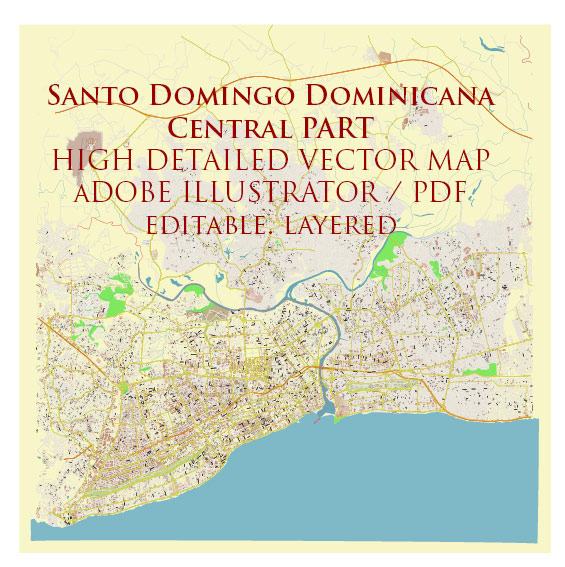
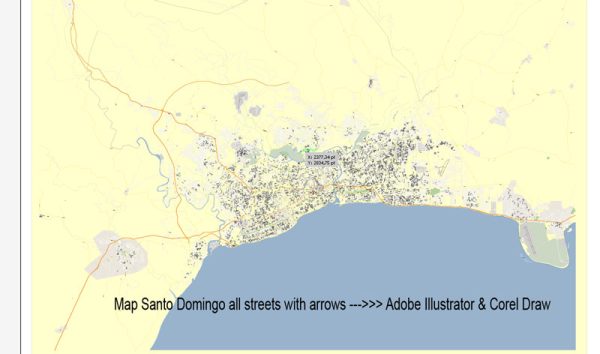
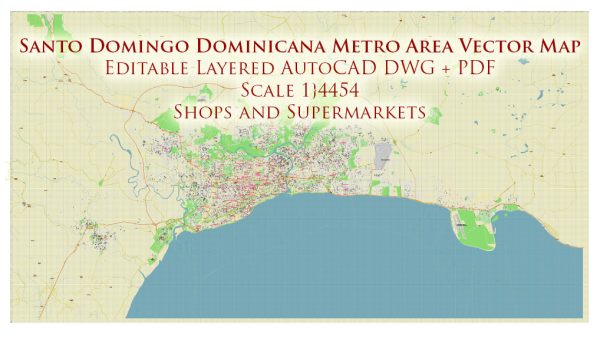
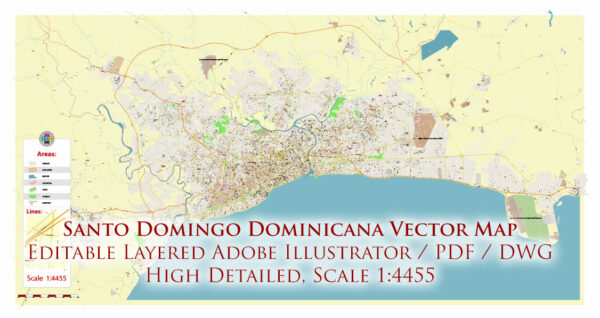
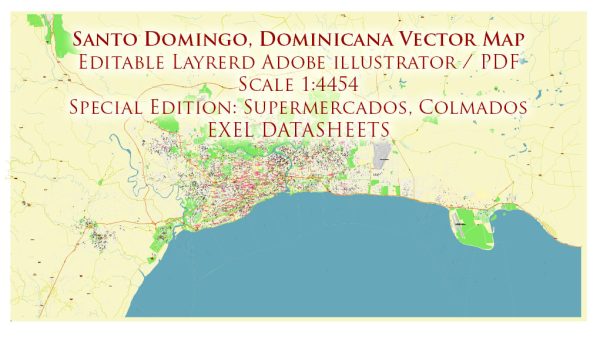
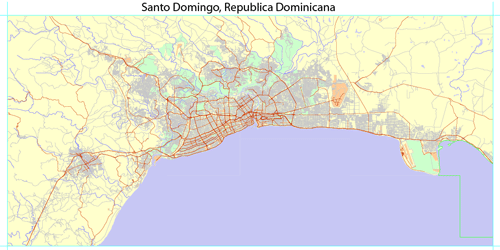
 Author: Kirill Shrayber, Ph.D.
Author: Kirill Shrayber, Ph.D.